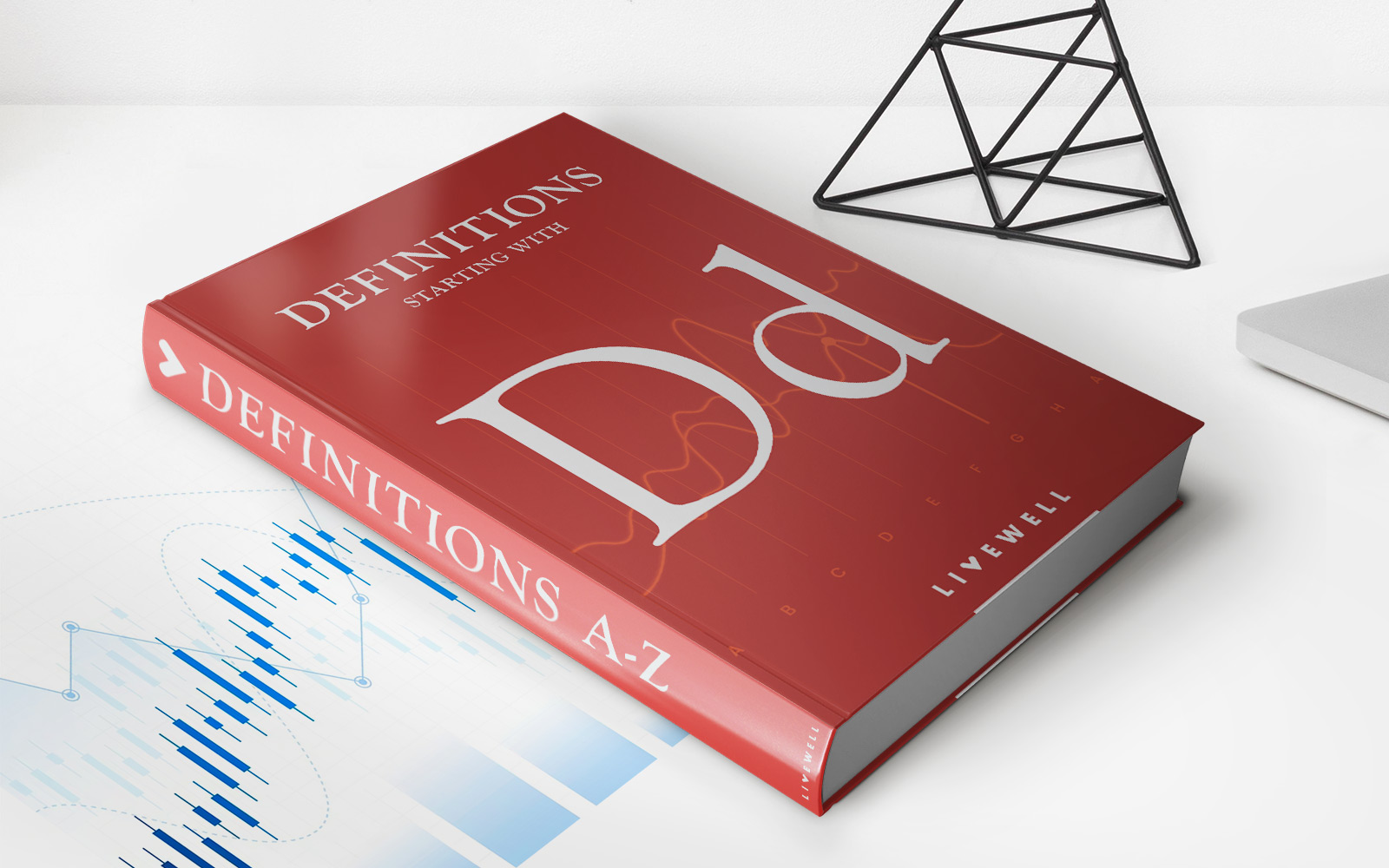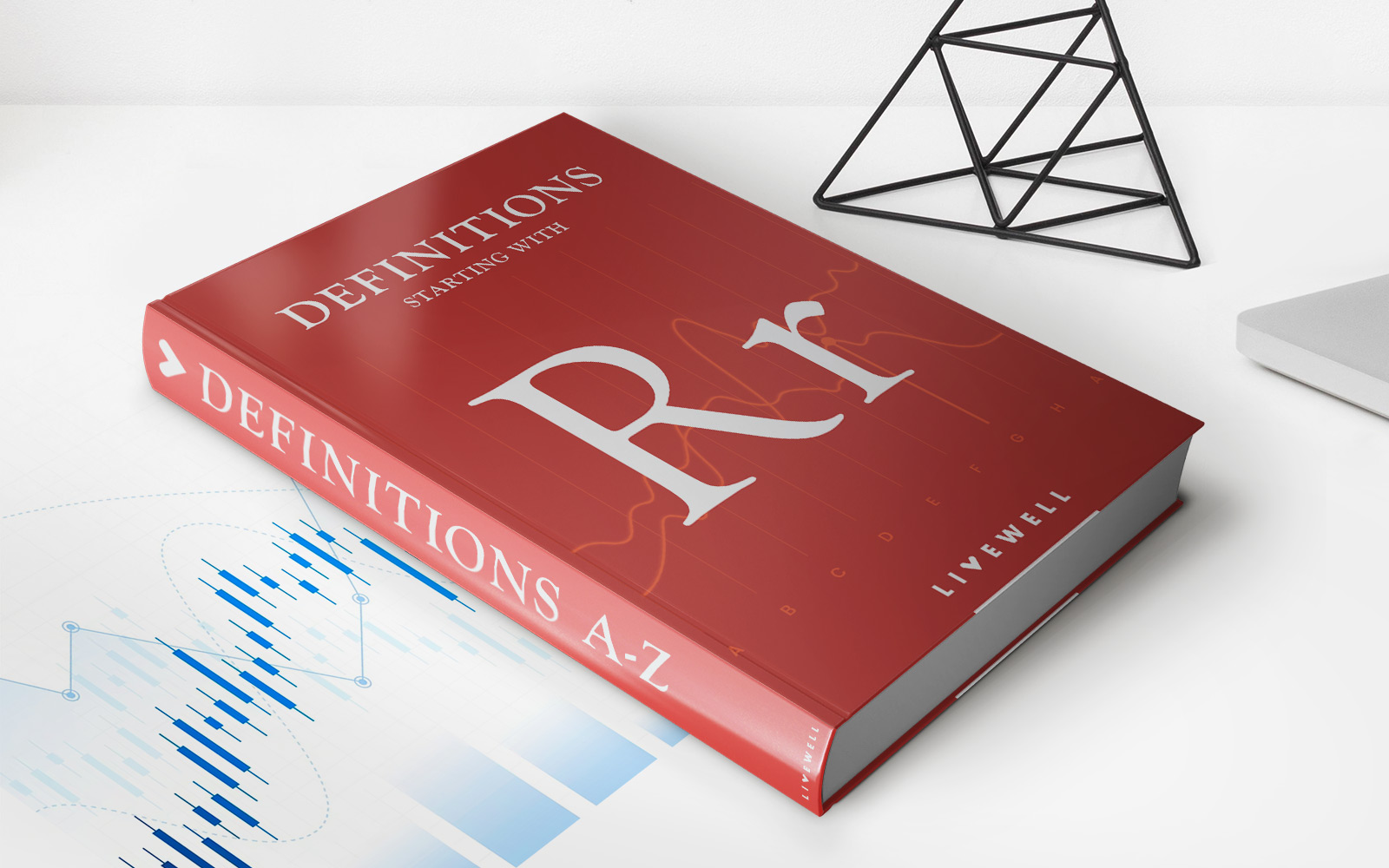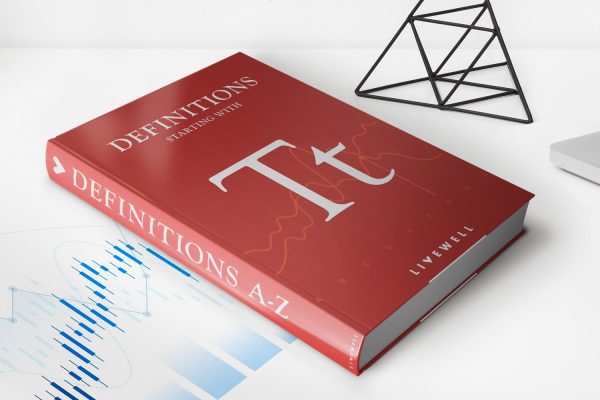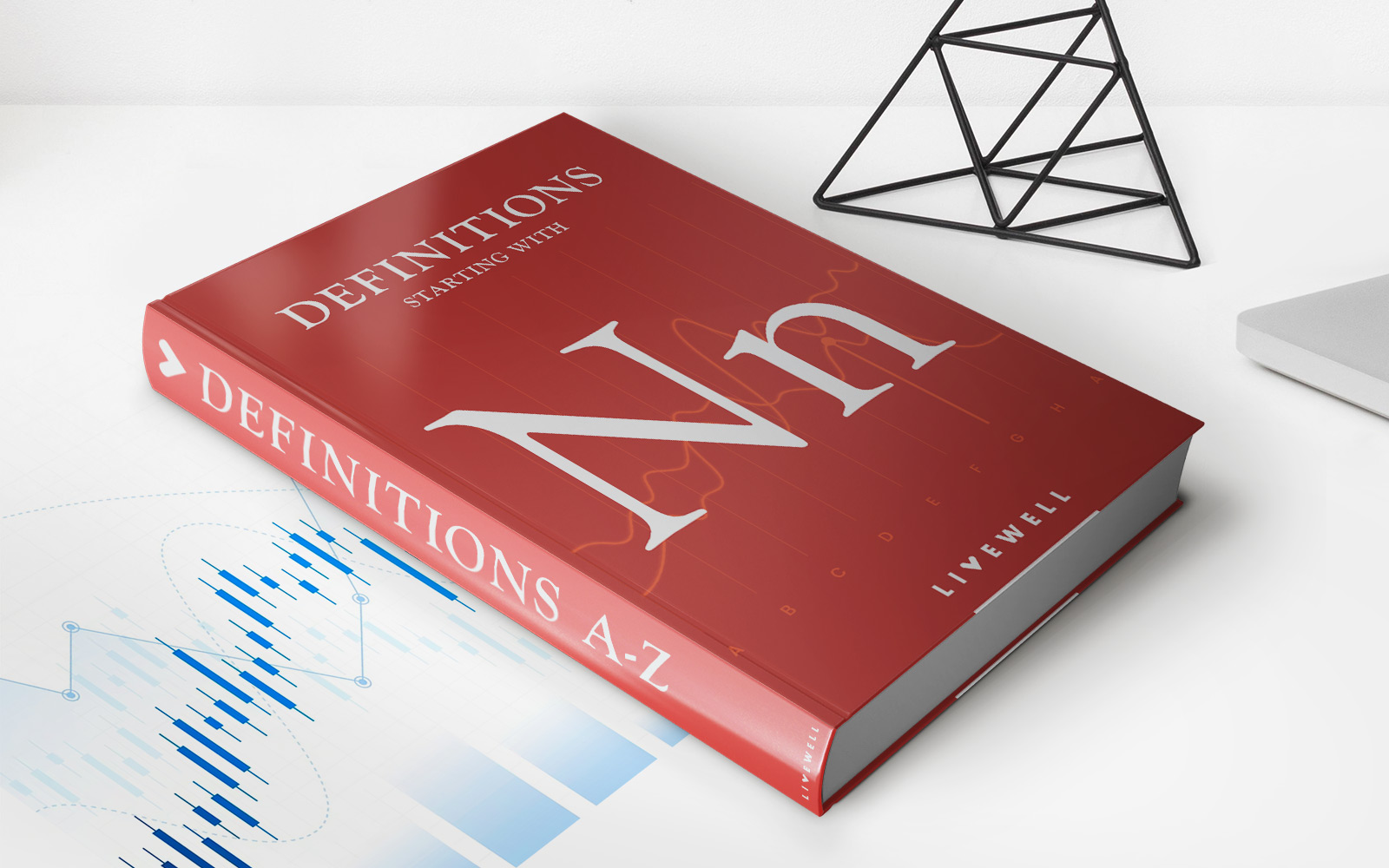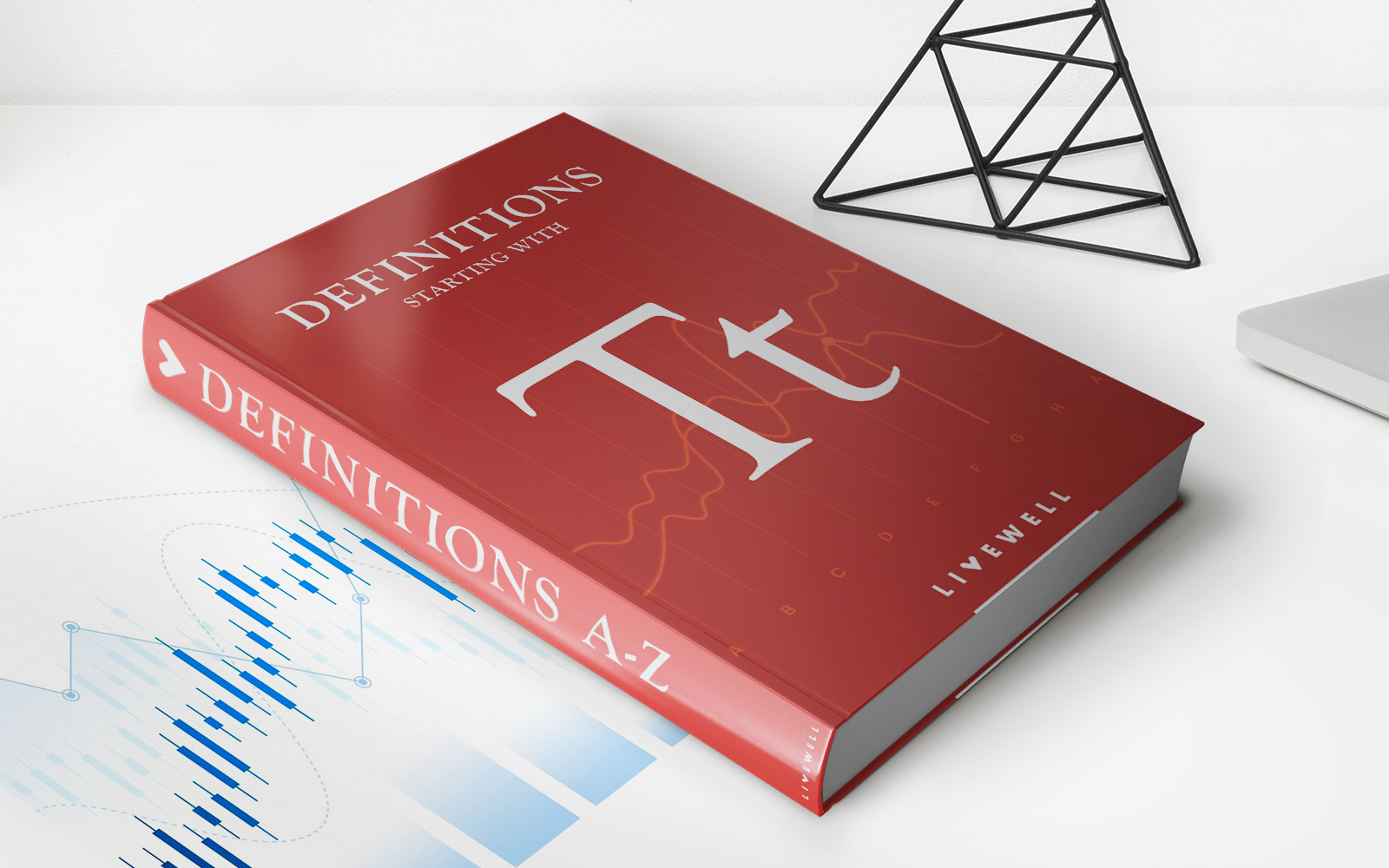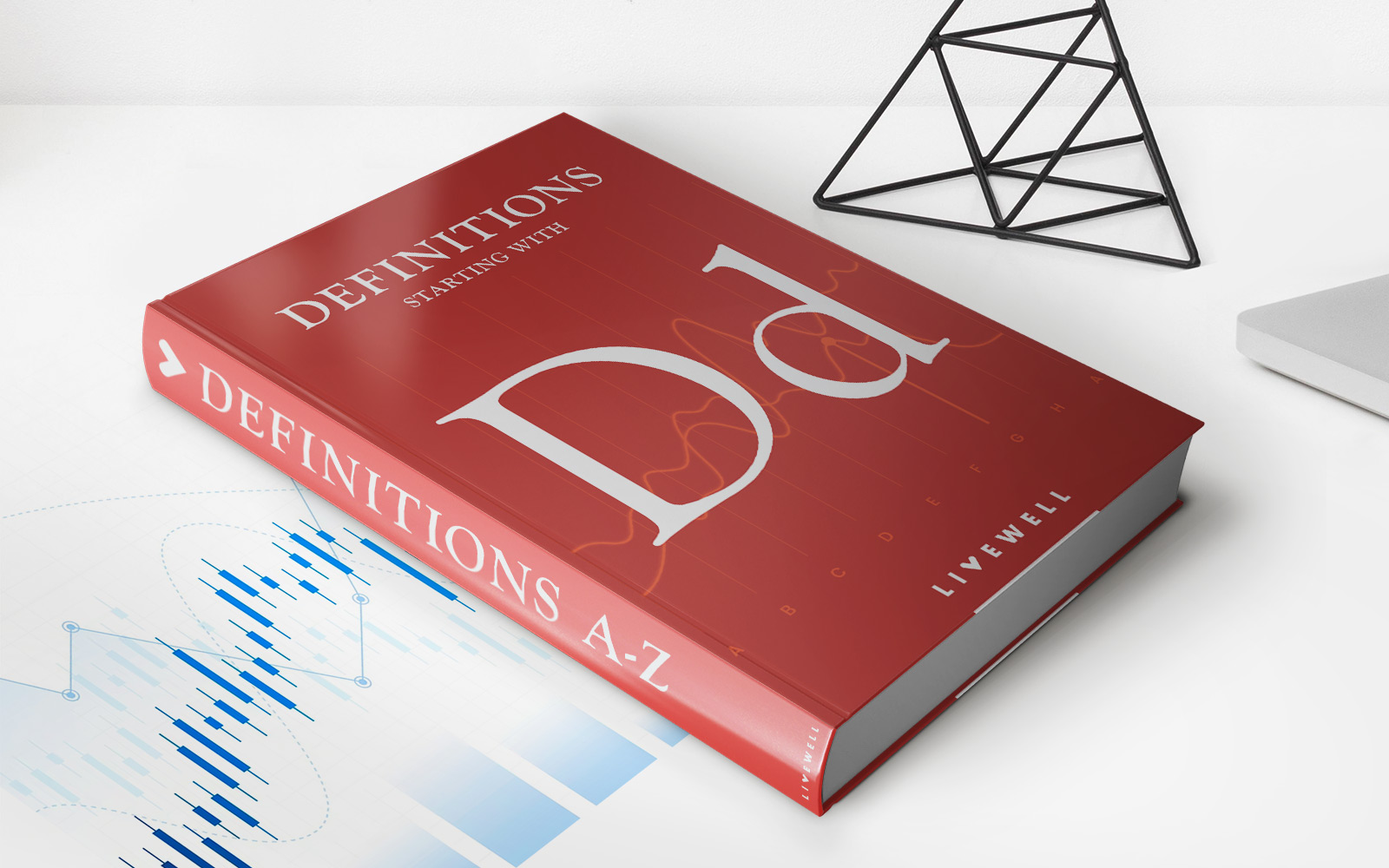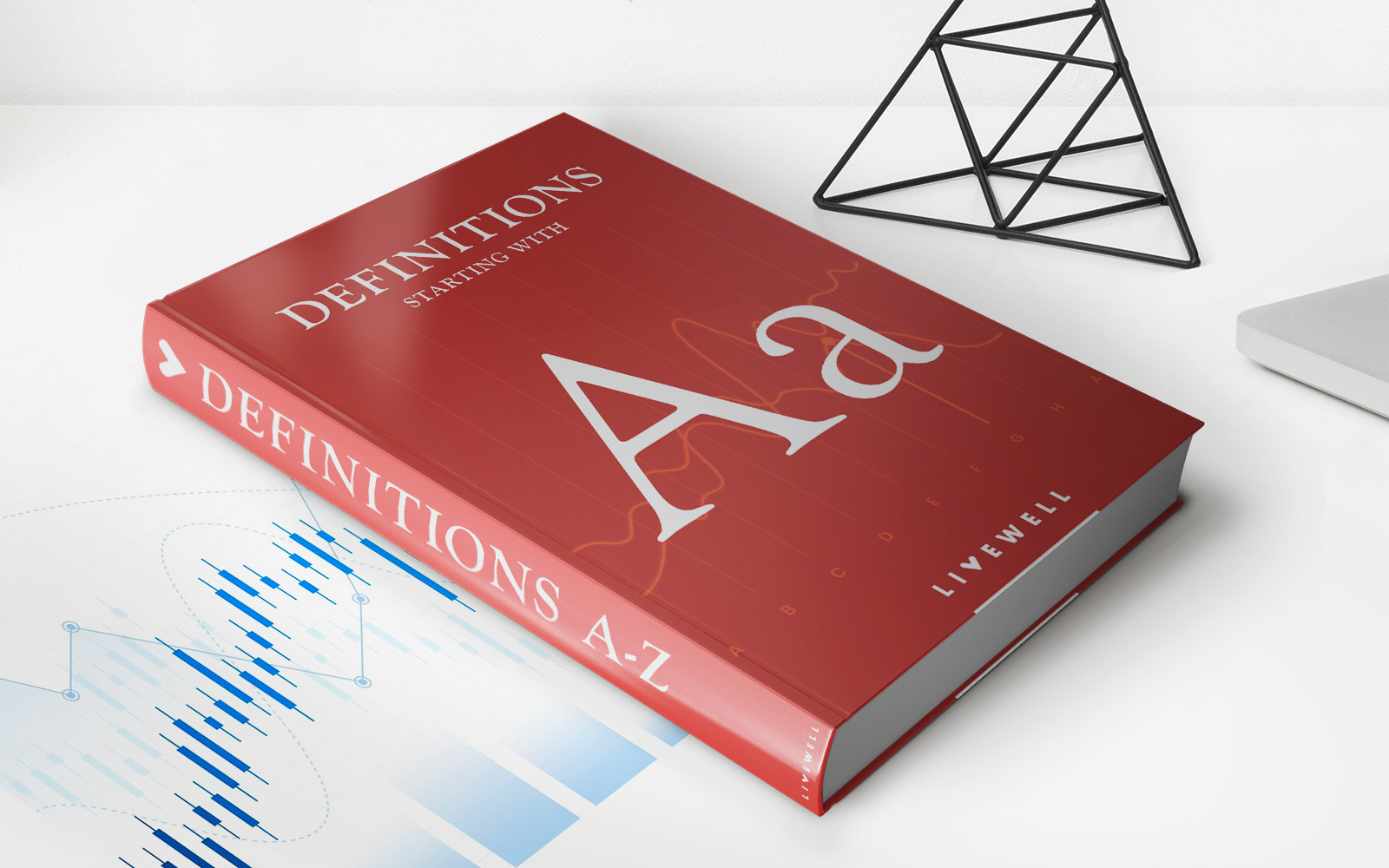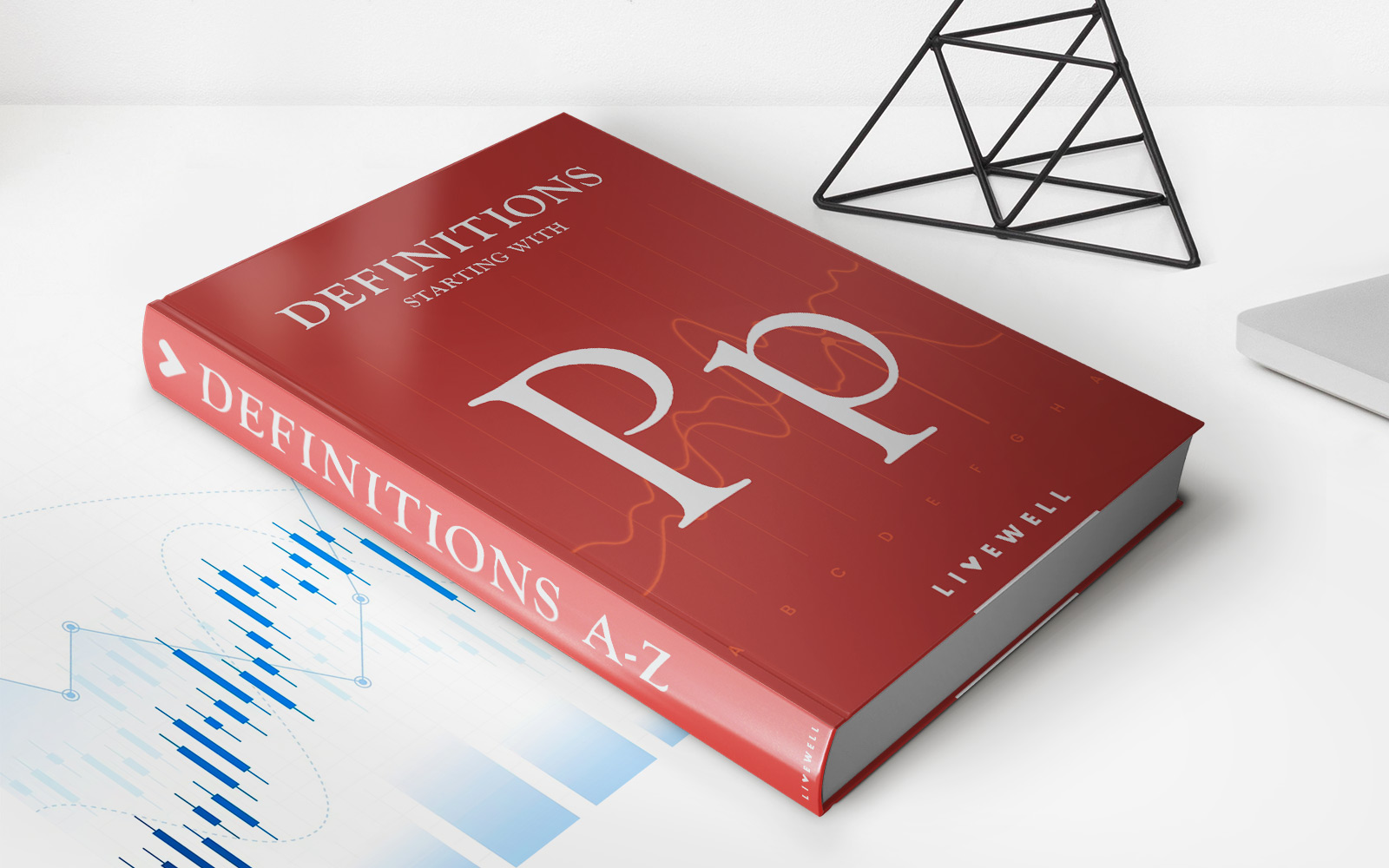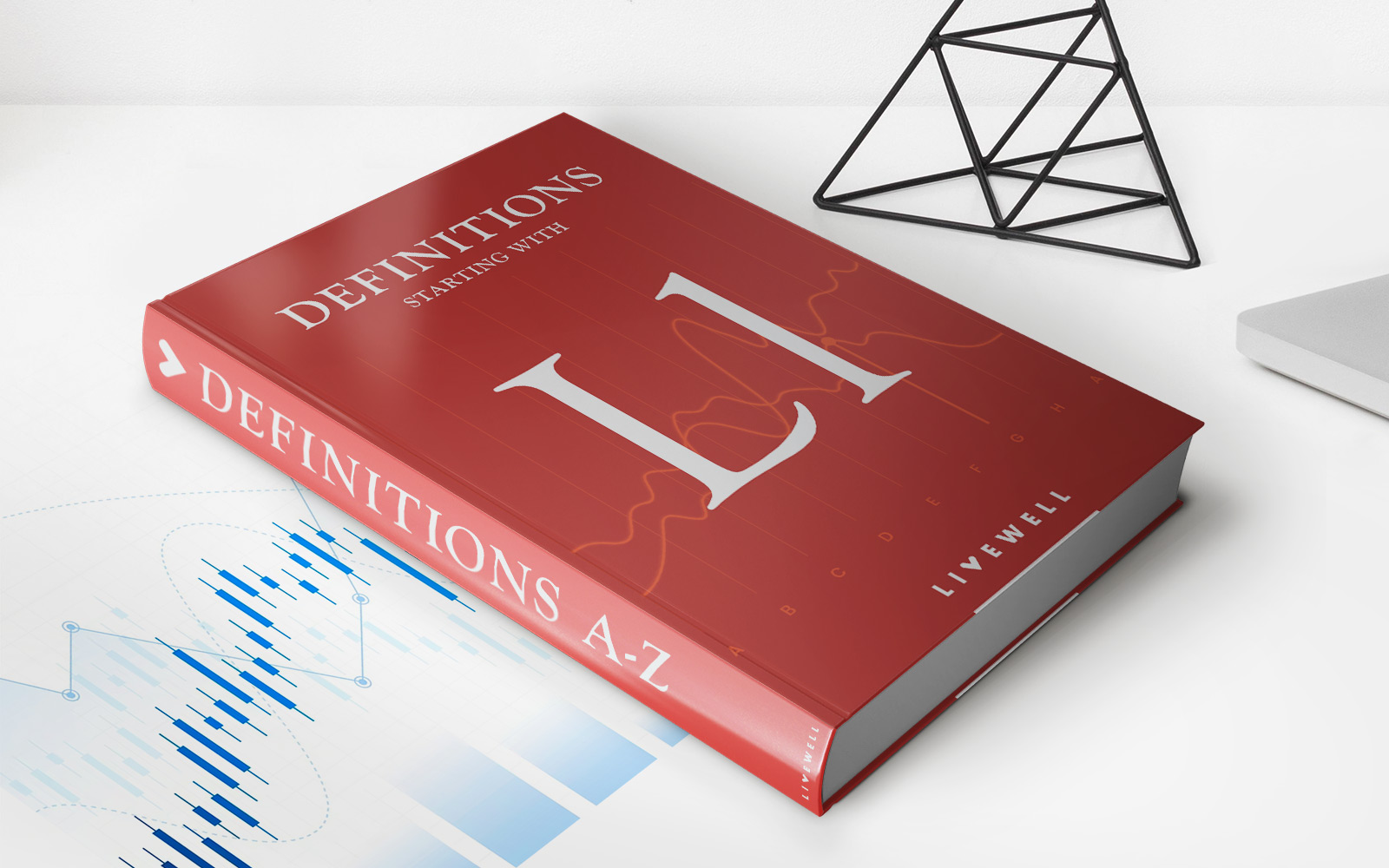Home>Finance>Tight Monetary Policy: Definition, How It Works, And Benefits
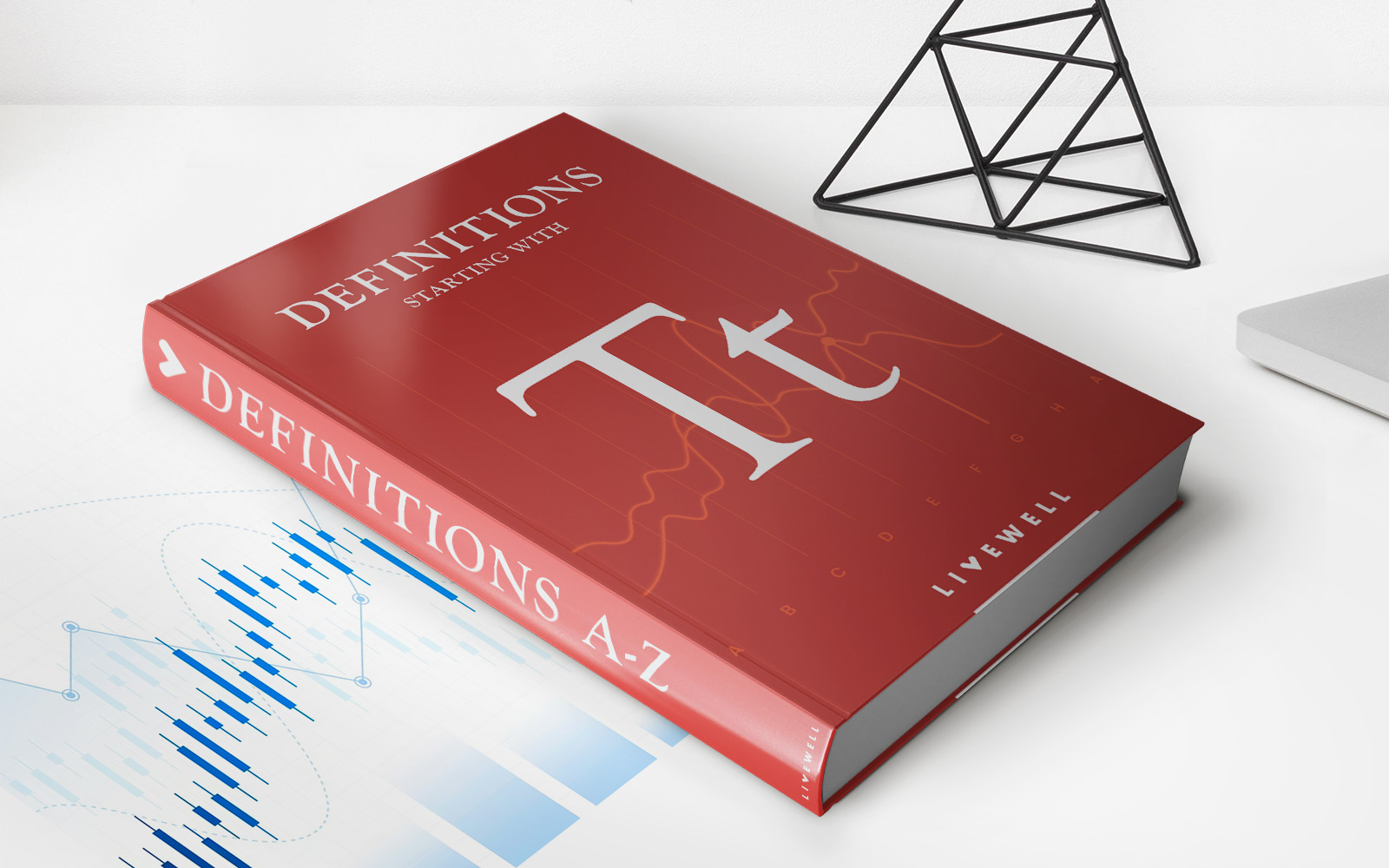

Finance
Tight Monetary Policy: Definition, How It Works, And Benefits
Published: February 8, 2024
Discover the definition, mechanics, and advantages of tight monetary policy in the realm of finance. Learn how this strategy works and its potential benefits.
(Many of the links in this article redirect to a specific reviewed product. Your purchase of these products through affiliate links helps to generate commission for LiveWell, at no extra cost. Learn more)
Understanding Tight Monetary Policy
Finance is a vast field, encompassing various strategies and approaches that play a critical role in shaping the economy. One such strategy is tight monetary policy, a term that often comes up when discussing the actions taken by central banks to control inflation and stabilize financial systems. In this blog post, we will delve into the definition of tight monetary policy, explore how it works, and discuss the benefits it offers to the economy.
Key Takeaways:
- Tight monetary policy is a strategy used by central banks to curb inflation and ensure price stability in the long run.
- Key tools employed in tight monetary policy include increasing interest rates, reducing the money supply, and implementing stringent lending requirements.
The Definition of Tight Monetary Policy
Before we dive into the intricacies of tight monetary policy, let’s first define what it is. Tight monetary policy refers to the deliberate actions taken by central banks to restrict the supply of money and credit in an economy. The primary objective of this strategy is to control inflation and promote price stability.
But how does tight monetary policy actually work?
How Tight Monetary Policy Works
Central banks employ several tools to implement tight monetary policy. Let’s take a closer look at how these tools work:
- Increasing Interest Rates: One of the main tools used in tight monetary policy is raising interest rates. By increasing borrowing costs, central banks make it more expensive for businesses and individuals to access credit. This acts as a deterrent, reducing spending and investment, ultimately curbing inflationary pressures.
- Reducing the Money Supply: Another approach central banks use is reducing the money supply. This can be achieved by selling government securities, such as treasury bonds, to banks and other financial institutions. By removing excess liquidity from the market, the central bank can limit spending and contain inflation.
- Implementing Stringent Lending Requirements: Tightening lending requirements is another way to control the flow of credit in the economy. Stricter regulations and higher capital requirements can limit the availability of loans, making it more difficult for individuals and businesses to borrow money. This reduces spending and investment, contributing to a slowdown in inflation.
These tools, implemented collectively or individually, help central banks influence monetary conditions in the economy, ensuring stability and minimising the risks associated with high inflation.
The Benefits of Tight Monetary Policy
While tight monetary policy measures may seem restrictive, they offer several benefits to the economy:
- Price Stability: By limiting inflationary pressures, tight monetary policy promotes price stability. When prices are stable, consumers and businesses can make informed decisions, leading to a more predictable economic environment.
- Reduced Speculation: Tight monetary policy can help curtail speculative activities and asset bubbles in financial markets. By limiting the availability of credit, it becomes more difficult for individuals and institutions to engage in risky investment behavior, reducing the likelihood of market instabilities.
- Enhanced Investor Confidence: When central banks adopt tight monetary policies, it signals a commitment to ensuring price stability and a healthy economy. This can inspire confidence in investors, encouraging capital inflows and fostering economic growth.
Tight monetary policy plays a crucial role in maintaining stable economic conditions in the long run. By controlling inflation, reducing speculation, and inspiring investor confidence, central banks can foster sustainable economic growth and ensure a prosperous future for their nations.
In conclusion, tight monetary policy is a powerful tool in the arsenal of central banks. By employing various measures such as increasing interest rates, reducing the money supply, and implementing strict lending requirements, central banks can successfully control inflation and promote economic stability. The benefits of tight monetary policy, including price stability, reduced speculation, and enhanced investor confidence, make it a vital aspect of financial management.
